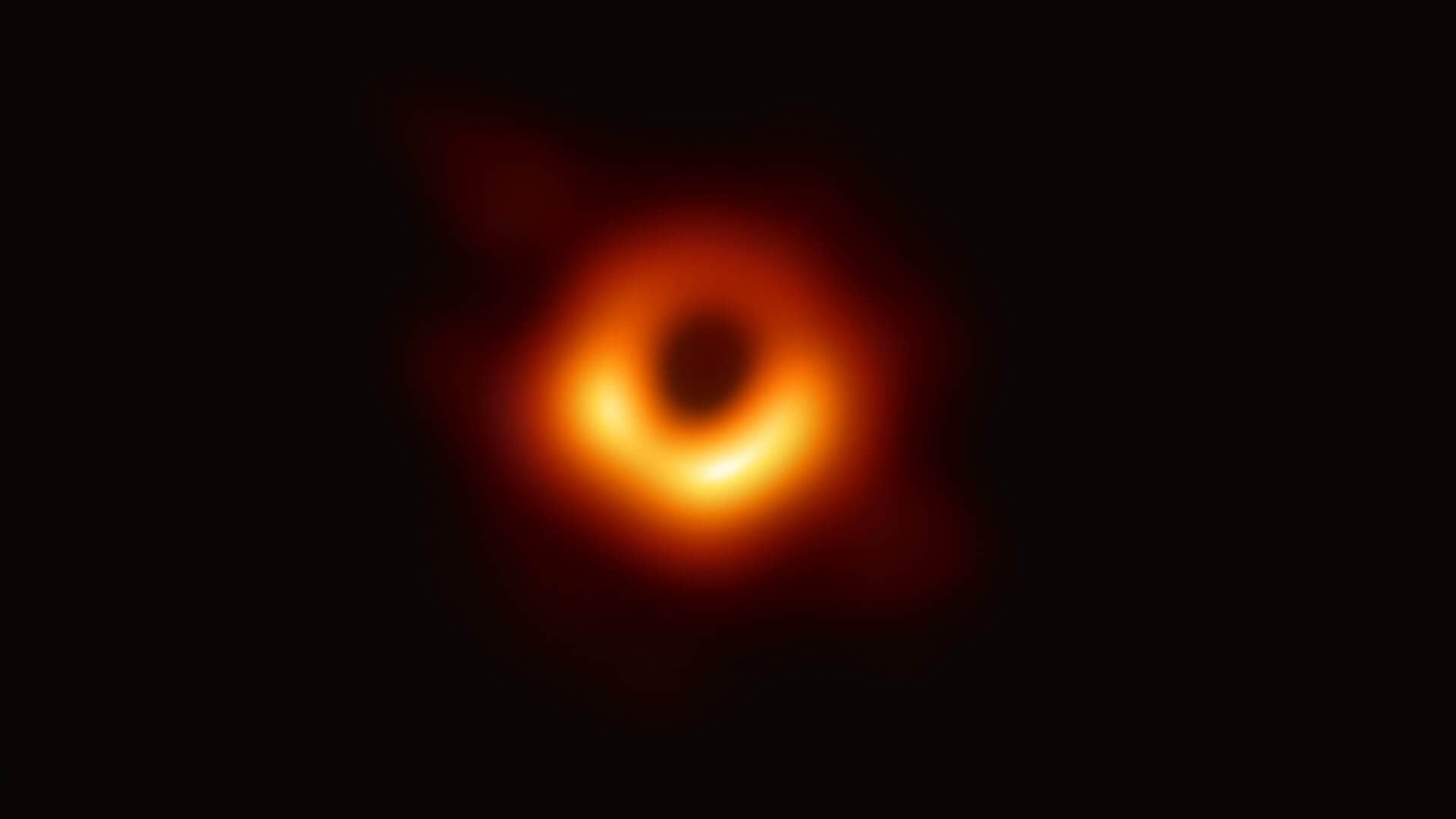In the framework of the international project Event Horizon Telescope, astronomers for the first time in the entire history of observations managed to get a snapshot of a black hole, or rather its shadow, cast onto a luminous disk of superheated gas and dust. The elusive gravitational monster, painted on the Photography of the Century, lives in the super-giant elliptical galaxy Messier 87 54 million light-years from Earth in the direction of the Virgo constellation.
In order to get a picture of a black hole of the highest resolution, we have united eight powerful radio telescopes located all over the planet into one global network and sent them to the center of Messier 87 galaxy. This became possible only due to international cooperation and technological progress achieved in the past few years.
-Luciano Rezzola, a professor of theoretical relativistic astrophysics at the University of Frankfurt. Goethe (Germany), one of the participants in the Event Horizon Telescope project
The existence of black holes follows from the General Theory of Relativity of Albert Einstein, which is today considered the standard theory of gravity, repeatedly confirmed experimentally. They represent areas of space-time, the gravitational attraction of which is so great that even objects moving at the speed of light, including the quanta of the light itself, cannot leave them. In other words, anything that comes too close to a black hole and will be dragged beyond the event horizon will no longer be able to get back.

However, this theory, and never before black holes, or rather their shadows, was not directly observed. The problem is that, even with enormous masses, the sizes of these objects are not so large that modern telescopes alone can view them with a resolution that makes it possible to divide the accretion disk surrounding the black hole and the event horizon.

To circumvent these technical limitations, the Event Horizon Telescope project was launched a few years ago, the goal of which is to take pictures of super massive black holes in the heart of the Milky Way and Messier 87 galaxy. Why were these objects chosen? It’s simple. The Black Hole Sagittarius A* in our Galaxy is closest to Earth, and the giant monster in Messier 87 is convenient for observation, because, firstly, it is incredibly massive, and, secondly, the galaxy itself is well located in the sky to track the global network.
In a normal environment, we expect the light to move in a straight line. However, with a black hole, the situation is quite different: having extremely strong gravity, it deflects and bends the trajectory of light movement so that we can actually see what is behind it. And, considering that the black hole itself does not emit light, the expected image is a bright ring consisting of all the rays deflected by it. And what we saw is in excellent agreement with the models.
-Roman Gold from the Frankfurt University. Goethe is also a member of the Event Horizon Telescope project
In total, in 2017 and 2018, the “Earth-sized array” performed about 60 hours of observations, collecting a total of about 10 petabytes of data. Scientists spent a year and a half to calibrate and double-check a huge amount of information and, ultimately, convert it into an image of the source – a supermassive black hole in the Messier galaxy 87.
Such a feat was once considered impossible, since black holes cast small, hardly observable shadows. But by placing telescopes around the world to create a telescope the size of the Earth, this unprecedented result was achieved, heralding a new era in the study of black holes and paving the way for further scientific breakthroughs.
(commented on an event at the European Southern Observatory (ESO), whose telescopes add the tangible power of the Event Horizon Telescope global network)
The researchers note that now they first had the opportunity to check how well our physics works in extreme environments, understand the motion of gas and the radiation environment in the vicinity of black holes, find out which theories about these exotic objects are correct and which will be destroyed, and get photographs and carefully consider other black hole candidates to determine whether they are all such, or whether they are other phenomena “disguised” under these gravitational monsters.
The post The first ever black hole photo appeared first on Upcosmos.com.
